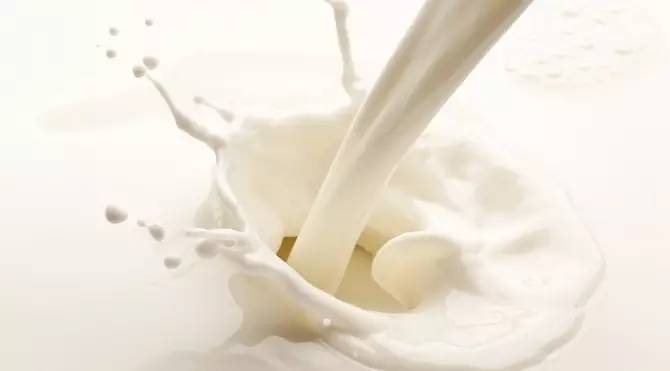
The protein in milk can be converted into a biodegradable polymer material, but it is hard to see its products now.
what are these beautifully carved buttons made of? The answer is a "plastic" derived from milk.
Yes, people really collect proteins from milk to make this material. The key to making it lies in two ingredients: one is casein in milk, the other is formaldehyde. Here, formaldehyde acts as a cross-linked casein molecule, resulting in the formation of this odorless, insoluble, insensitized, antistatic, almost non-flammable and biodegradable material.
they react like this:
this material is called "Galalith" (casein plastic in Chinese), and it first appeared in the 19th century. Its products still look very good, and it still has an advantage in that era of underdeveloped petrochemical industry.
however, it also has a fatal disadvantage: it cannot be melted and cast, it can only be made into a thick plate, and then carved into the desired shape, and it is not very heat-resistant. When more convenient plastics emerge, it naturally withdraws from the market.
but I have to say, this idea of developing new materials from ordinary ingredients is very interesting.
PS: now there are some experimental enthusiasts who know how to DIY this kind of "milk plastic". Here is a DIY work:
[of course, I'd like to remind you that you need to pay attention to protection and ventilation because of formaldehyde]
casein can also be made into an adhesive. Here is a little tutorial on DIY casein glue:
this is safer than making milk plastic. If you are interested, you can also try it.
The beautiful and outstanding charming bridal dresses is all you need. These collections perfectly match all occasions.